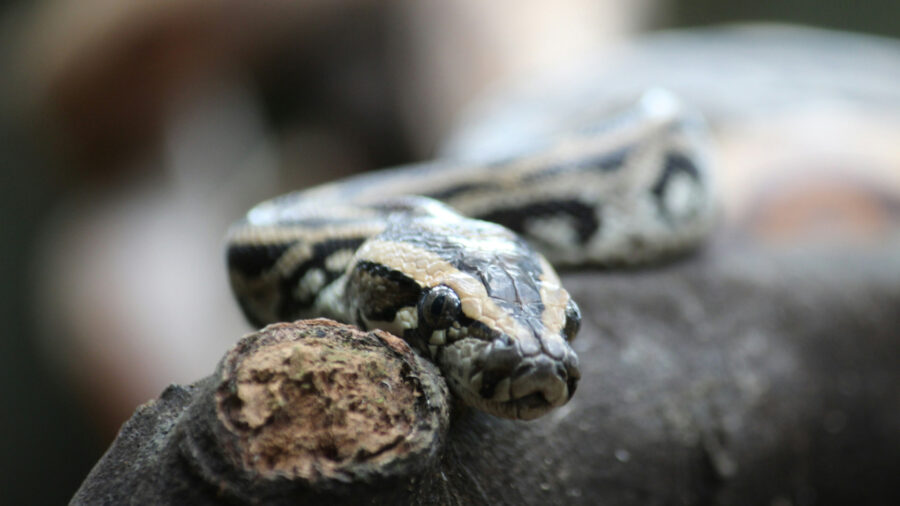Y Chromosome Disappearance Leading To Extinction Of Modern Men?

There are many different science fiction stories that delve into the possibility of a life without women or a planet where men have gone extinct, most notably in the graphic novel series Y: The Last Man. Previously, these concepts just sounded like interesting fiction ideas. However, new research reveals that the y chromosome which is necessary for the creation of male humans has slowly been degenerating and that if it continues to do so, it may one day be gone altogether.
Humans Can’t Reproduce Asexually

Some might question if this is even something to be concerned about since there are numerous other species in the world comprised exclusively of females. However, those species are able to impart their own genes into an egg, which is why it is only creatures like some snakes that we see able to do this. Mammals do not have this ability, meaning if humans lose the y chromosome and there are no more men, it effectively means no more humans at all.
Millions Of Years Before Men Go Extinct

This is not an imminently pressing concern, though. For one, projections say that at the current degradation rate of the y chromosome, it will not be gone altogether until about 11 million years from now. Furthermore, even if nothing can be done to prevent the disappearance of the y chromosome, nature has shown that there are other ways for male mammals to endure.
Rodents Without The Y

Research into various rodents has discovered several species that have already seen them lose their y chromosome and yet the species continues to live on. What researchers found was that the genes on the y chromosome were effectively being reproduced elsewhere in the body now. Spiny rats were the test subjects and the study showed that while the males did not have a y chromosome, they had a different gene that the female rats did not possess.
The study showed that in the sex gene SOX9, the male rats had a small duplication that none of the females did. Researchers believed this difference was functioning in the same way as the sex region on the y chromosome (SRY) had been doing before it disappeared. Furthermore, when they added this duplication into the test rats, it boosted SOX9 activity, further suggesting it had become a replacement for the y chromosome.
Might Not Be As Drastic As Sci-Fi Tells Us

In science fiction stories, when one of the genders begins dying out, scientists usually begin frantically trying to see if there is anything they can do to avert this outcome. But if the evolution of the spiny rat tells us anything, it is that intervention from scientists might not be needed to fix the problem. It might simply resolve naturally through humans developing a substitute for the y chromosome.
Further Rodent Studies Give A Strange Insight

However, more than preserving the male gender, this split in the sex genes also led to the creation of new species in the case of the spiny rat. So if human evolution were to continue along that same trajectory, this might be an indicator of humans developing into new sub-species based on whether or not they continue to have a y chromosome.
There is currently nothing that can be done to prevent the loss of the y chromosome, so this might be a case where all we can do is watch and behold what course nature takes.
Source: PNAS











